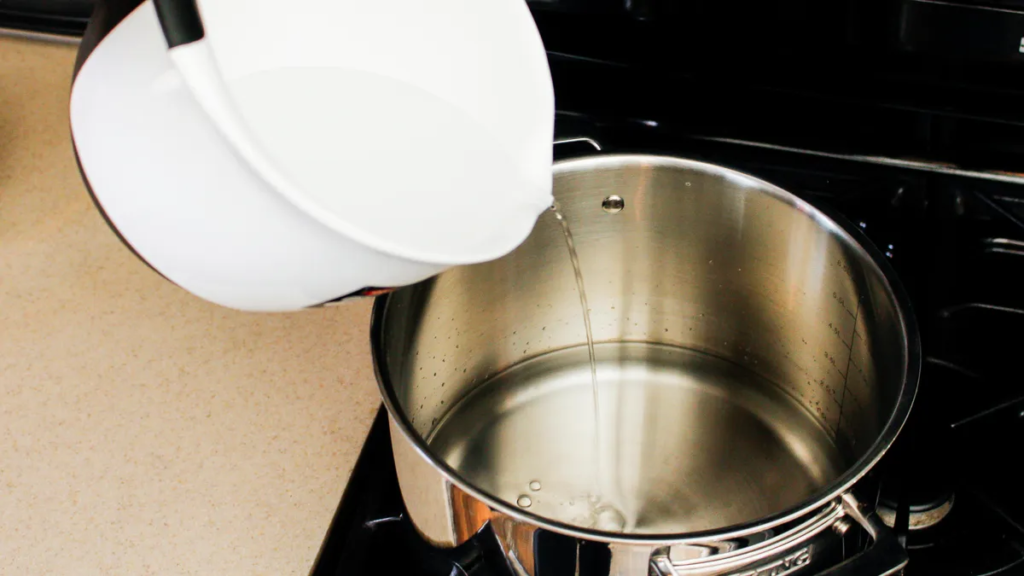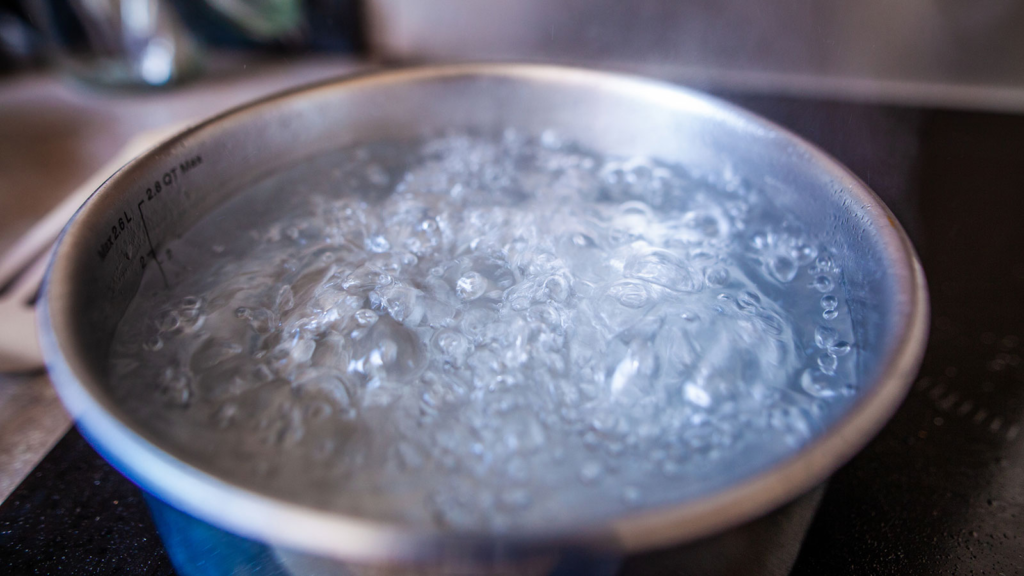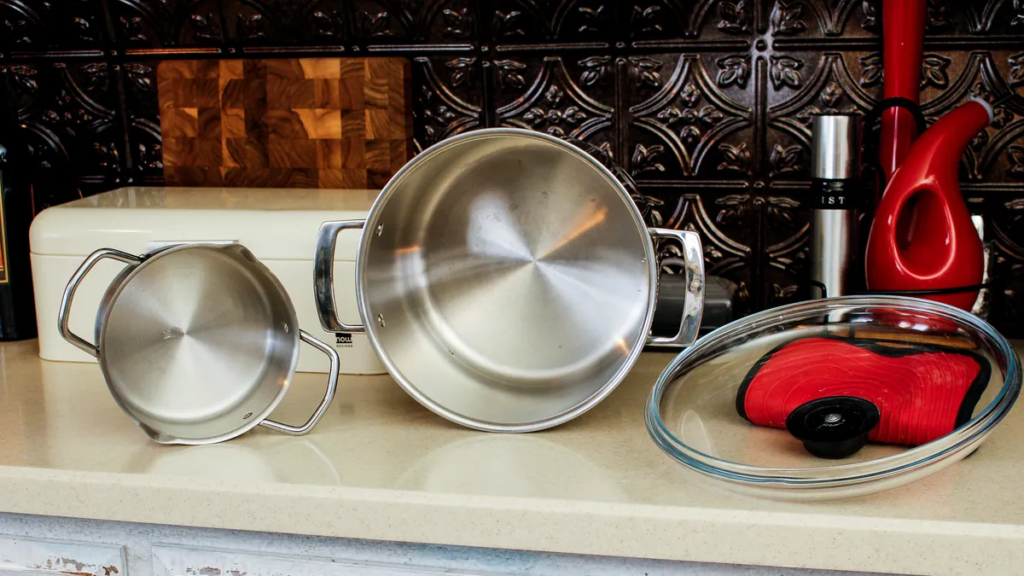Distilling water is a process used to remove impurities, contaminants, and minerals, leaving behind purified, clean water. While commercial distillation systems are widely available, you can distill water at home using basic kitchen tools. This method is beneficial for producing pure water for drinking, cooking, medical applications, or any use requiring high water purity. Let’s explore how distillation works, what it involves, and why it’s such a valuable process.
What Is Water Distillation?
Water distillation is a purification technique that involves boiling water to produce steam, then cooling the steam so it condenses back into liquid form. During the process, impurities like salts, heavy metals, and chemicals are left behind, as they do not vaporize with the water. Distilled water is free of contaminants and minerals, resulting in a product that’s nearly pure H₂O.
Steps for Distilling Water at Home

Equipment Needed:
To distill water at home, you’ll need the following items:
- Large pot: Preferably stainless steel, capable of holding several liters of water.
- Lid: A curved or inverted lid to help condense steam effectively.
- Smaller container: A bowl or glass jar to collect distilled water.
- Ice cubes: Optional, to aid in rapid condensation.
- Rack or stand: To keep the smaller container elevated inside the pot.
- Stove or burner: To heat the water.
Procedure:
- Prepare the Large Pot: Place the pot on your stove and pour in tap water. Avoid filling it to the brim to allow room for steam formation.
- Position the Smaller Container: Set the smaller container inside the large pot, ensuring it doesn’t touch the bottom. Use a metal stand or rack to elevate it if necessary.
- Cover the Pot: Place the lid on the pot upside-down (curved side facing inward). This arrangement allows steam to condense and drip toward the smaller container.
- Heat the Water: Turn on the stove and bring the water to a steady boil. As the water heats, steam will rise and hit the lid.
- Cool the Steam: For faster condensation, place ice cubes on top of the inverted lid. The cold surface encourages steam to condense into water droplets.
- Collect Distilled Water: The condensed water will drip into the smaller container. Once you’ve collected enough, turn off the stove and allow the pot to cool before removing the container.
Why Distill Water?

Distilled water is valuable in situations where purity is essential. Here are a few common uses:
- Medical Purposes: Distilled water is often used to clean wounds, sterilize medical equipment, and prepare medications.
- Cooking and Drinking: Pure water enhances recipes that rely on water quality, such as soups or beverages.
- Appliances: Distilled water prevents mineral buildup in devices like irons, humidifiers, and CPAP machines.
- Scientific Applications: In laboratories, distilled water is crucial for experiments requiring contamination-free solutions.
Benefits and Limitations of Distilled Water
Benefits:
- Removes Contaminants: Distillation eliminates harmful impurities like heavy metals, chemicals, and pathogens.
- Reduces Mineral Build-Up: Pure water prevents scale deposits in appliances.
- Suitable for Allergies: Distilled water is free from allergens and potential irritants.
Limitations:
- Loss of Minerals: Distilled water lacks beneficial minerals like calcium and magnesium, which some people prefer for taste and health.
- Flat Flavor: The absence of minerals results in a taste that many find neutral or bland.
Tips for Better Distillation Results

- Ensure your equipment is clean to avoid introducing new contaminants during the process.
- Discard the leftover water in the pot, as it contains concentrated impurities.
- Store distilled water in clean, airtight containers to maintain its purity.
Conclusion
Distilling water at home is a simple yet effective method for purifying water. Whether you’re preparing water for drinking, medical use, or appliance maintenance, distillation ensures a level of purity unmatched by other methods. Although distilled water has a flat taste and lacks minerals, its versatility and applications make it a valuable resource.
Also Read: Peanut Oil: Composition, Properties, and Uses in Cooking






